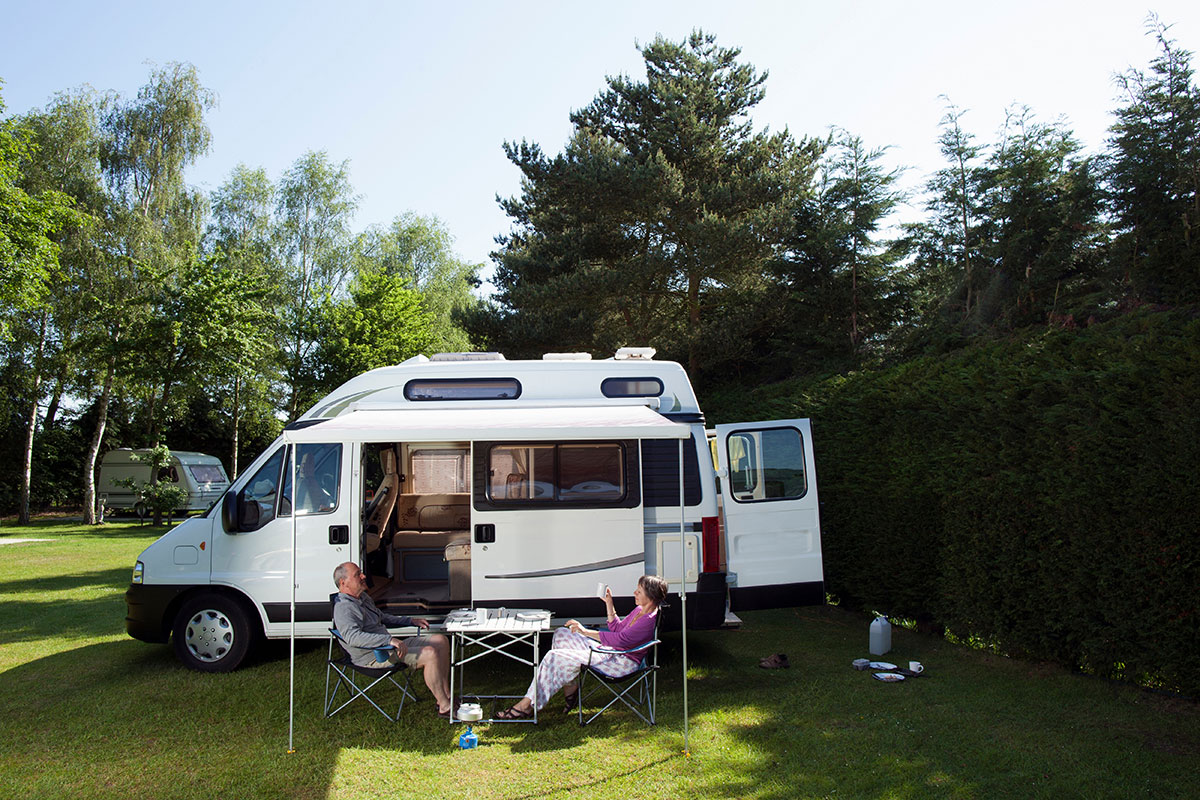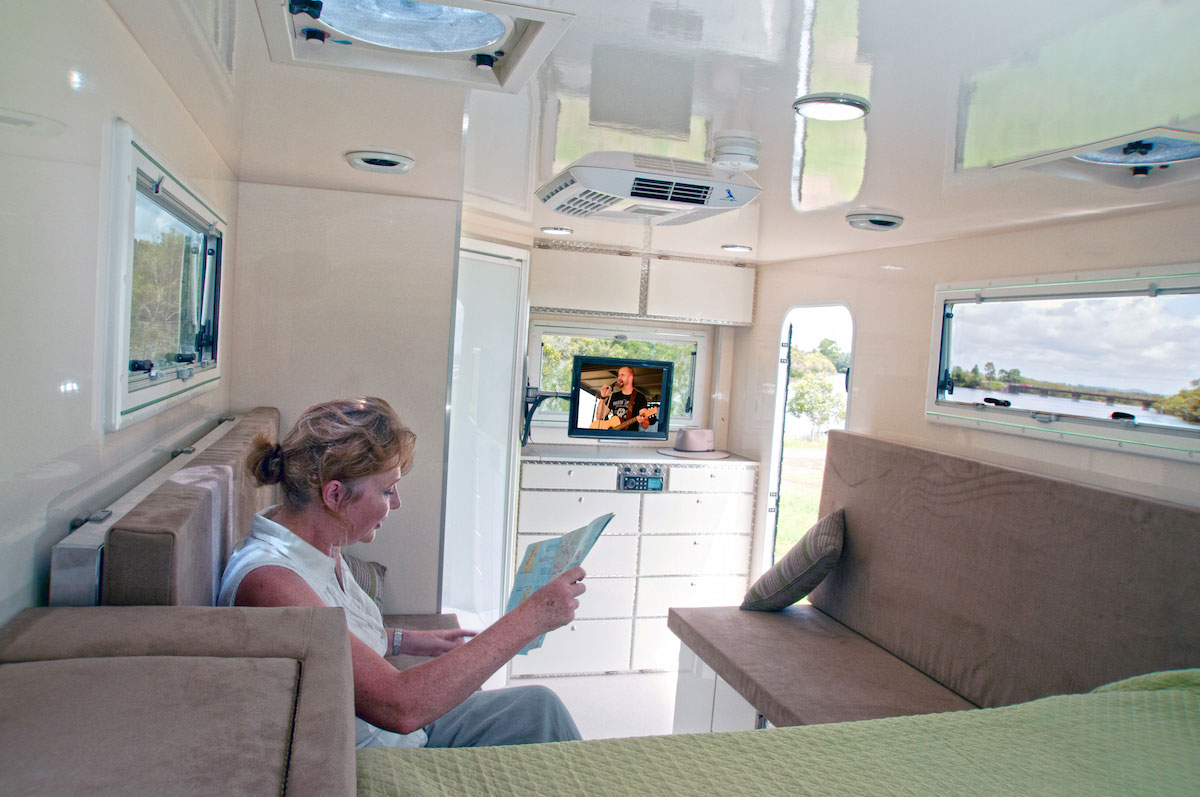Imagine you’ve spent all day driving hundreds of kays along bone-wrenching corrugations to reach that hidden gem of a campsite you’ve been dreaming of for years. When you arrive, you throw open your caravan to door to grab a beer/camera/snack only to find the sparkling white interior of your pristine van turned a heinous shade of red from the layer of good old Aussie outback dust covering every square inch.
Keeping the caravan interior clean while on the road is the bane of many caravanners’ existences – and ways to keep the dust out occupies almost as many hours around the campfire as which tow vehicle is best.
Scupper vents, which use pressure to restrict airflow, are one of the most popular methods to reduce dust ingress into a caravan. The theory behind it is that if you put a vent in the roof of your caravan and leave it open as you drive on dusty roads, the variation in pressure between the inside of your van and the outside world will stop dust from entering.
But does the science support it?
UNDERSTANDING THE SCIENCE

Australian aerodynamics expert Joel Thakker says, in theory, pressure could be used to keep dust out of a caravan – but only in certain conditions.
For example, on the first day of your trip (Day 1), you start with a very clean caravan interior and begin your day’s drive on dust-free bitumen roads with your scupper vent open. While you drive, clean, outside air will fill up the van and is unable to escape, eventually preventing any more air from coming inside. If, by that point later in the day, you are travelling on dusty roads, the dust should not be able to get in.
But, let’s say you pull up for the night at a dusty free camp and set off from there the next morning (Day 2). If you begin your drive on dusty roads or at a dusty campsite, the van will fill with dusty air to start with and the scupper vent can’t do anything about it.
The vent could also be ineffective if another vent or a window is left open in the van. This would create a cross-flow effect, where the clean air could escape and air would constantly cycle through the van – including the dusty air late on Day 1. However, Thakker says location of the second open vent or window would affect the scupper. If the second vent or open window is some distance away and not in a straight line from the scupper vent, the scupper may still work (in perfect conditions).
OTHER OPTIONS – FILTRATION

Filtration is another way to try and prevent dust ingress. The unit spins the air, forcing the particles into a filter, which traps the dust and expels clean air.
At around $1500, a filtration system is a reasonably expensive option. But, at around $100 plus installation, a scupper vent is a reasonably cheap way to fight the war against dust – even if it may not be effective 100 per cent of the time.
MEET THE AUTHOR

David Gilchrist
David Gilchrist is a Brisbane based journalist, author, radio presenter/producer and documentary filmmaker. As a filmmaker, David has worked with ABC Landline, ABC Compass and ABC Open. In radio he has worked in community radio as a presenter, a 4EB producer and ABC local radio as a community correspondent. David has produced on-line video content for ABC and several magazine and content providers. Beyond video production for his business 4G Production, he has written for a variety of publications including The Independent in London, Australian Geographic, Outthere and The Australian Newspaper, The West Australian and The New Zealand Herald, Caravan World and Camper Trailer Australia. The Queensland Hotels Association published David’s first book Raising the Bar and Penguin Random House published his second book Life in the Saddle which became a best seller in its genre.





